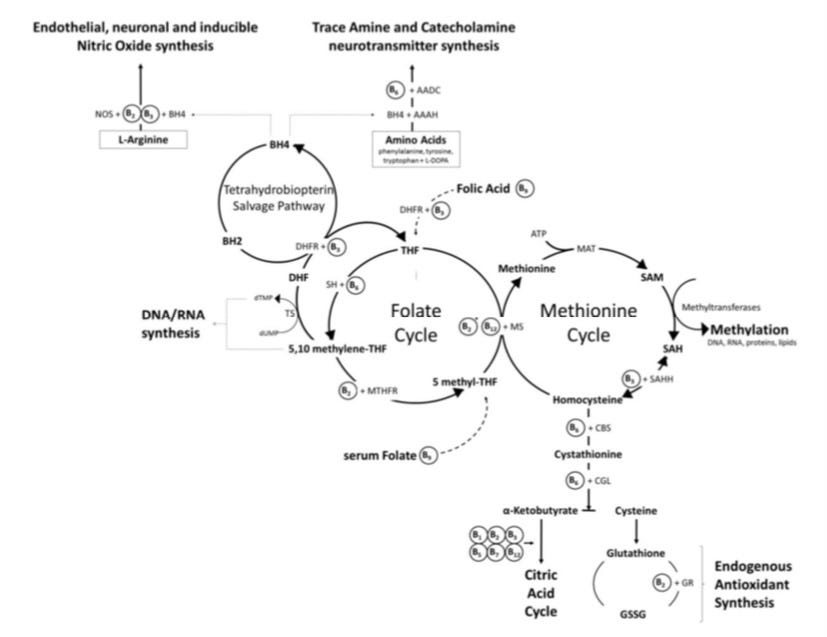Folate Part II: Folate Cofactors
Learn about the nutritional cofactors that support a healthy folate cycle.
Gene expression changes across the day to make things happen at the right times. This gene expression depends on a healthy folate cycle for methylation.
Today's post will cover the nutritional cofactors that support a healthy folate cycle.
This follows up my recent post about how folate, or B9, affects circadian rhythms. In the first folate post, we learned:
Folate may come more from our guts (micro-biome) than our food
The folate cycle needs a strong light/dark cycle to function in it’s happy, circadian way (and the folate cycle in turn supports overall circadian epigenetic functioning)
Folate is part of at least 6 major processes that each need nutritional cofactors in addition to folate to complete their processes
The rest of this post will be about the necessary nutritional cofactors for folate to do it's work in the body. And then, stay …



